Turmeric is an exotic spice for us, but it has been honored in cooking for centuries in Asia. However, modern research is also delving into the incredible array of the health benefits of turmeric. Nowadays, turmeric is used as a food supplement for inflammation, arthritis, stomach, skin, liver and gall bladder problems, cancer and other diseases.
An essential oil with numerous uses and benefits is also extracted from the plant. Here is more about him.
Turmeric essential oil properties
Turmeric, with the Latin name Curcuma longa, belongs to the perennial herbaceous plants of the Zingiberaceae family. Another exotic spice - ginger - belongs to this family.
The word "turmeric" comes from the Latin -terra merita, meaning worthy or sacred land.
The essential oil of this spice is also very popular. The aroma of turmeric essential oil is very similar to a freshly cut root. It has a spicy taste, slightly sweet, with earthy and woody notes.
Turmeric essential oil is many times more concentrated than the powdered herb we know well. The raw material for its production is the underground roots of the plant, which are called rhizomes, and it is extracted from the rhizome by steam distillation.
Both the powdered spice turmeric and the resulting essential oil from the herb are bright yellow or orange in color due to the color of the pigment curcumin. Curcumin is one of the main health components of turmeric and is what gives the spices curry and mustard their characteristic color and is even used to dye fabrics. Sometimes the names curcumin and turmeric are used interchangeably, but it should be known that curcumin is only one of many compounds found in the turmeric plant.
Using Turmeric Essential Oil
The use of turmeric dates back as much as 4, 000 years, all the way back to the culture that created the Vedas in India, who used it in cooking as well as in their religious ceremonies. In Ayurveda, turmeric is known as a warming agent for the whole body.
In the Middle Ages, the plant was called Indian saffron because of its yellow-orange color.
True turmeric essential oil is obtained from the steam distillation of the roots grown and harvested only in India. A popular ingredient in Indian dishes, turmeric is not only a spice, but also a great way to add an herbal and woody aroma to various cosmetic and personal care products.
In South Asia, like Ayurveda, turmeric has been used for centuries as a natural remedy for skin problems. It treats acne, successfully reduces traces of spots and scars.
Because of its strong anti-inflammatory and antibacterial properties, applying the oil topically must be diluted in another carrier oil, which helps with skin problems. Turmeric improves skin elasticity, reduces wrinkles and is a powerful antioxidant.
It successfully reduces scalp inflammation and improves hair growth.
The essential oil extracted from the root is a natural remedy with an impressive effect on health. It has one of the most promising anti-cancer properties known to science at the moment.
Composition of Turmeric Essential Oil
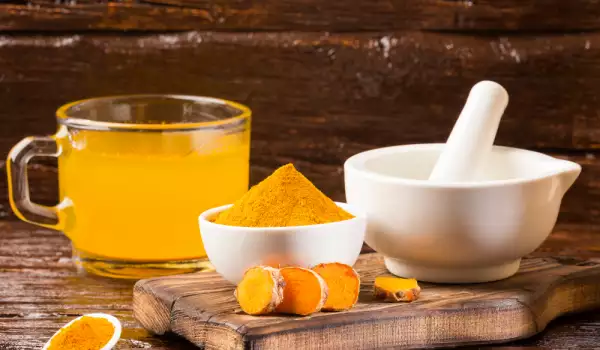
The essential oil content of turmeric protein is impressive. In the net there are aromatic compounds ar-turmerone, which represents 25.3 percent of the composition, α- and β-turmerone, which represents 18.3 percent of the composition and curlone, which occupies 12.5 %. Other ingredients are caryophyllene, which is in doses that fit in 2.26 percent of the composition, eucalyptol -1.6 percent, α-phellandrene, which occupies 0.42 percent and α-atlanthone.
These components make turmeric essential oil an extremely powerful ally of the body in overcoming many serious diseases. This is not a surprising fact, since turmeric is known to contain at least 20 antibiotic molecules, 14 are known to be cancer-preventive, 12 are excellent fighters against tumor formations, 12 are anti-inflammatory and at least 10 are various antioxidants.
Tips for Using Turmeric Essential Oil
Since it is a strong product, this oil should be used carefully by allergic people or those with intolerance to components of the oil. It is not recommended for use by pregnant women, hypertensives, people with hypersensitive skin.
It is used both on the skin and for internal use. Turmeric oil is an excellent choleretic agent that activates the gallbladder to produce bile. It is a good digestive stimulant, favoring the elimination of gas in the intestines and works against irritable bowel syndrome.
Turmeric essential oil regulates the menstrual cycle and relieves pain during menstruation. It is used externally to massage the abdomen on the days of the cycle.
This oil is also an excellent remedy for bruises as well as small wounds. This is because of the anti-parasitic and its antifungal effect.
Internally, the oil is used to relieve liver and digestive problems.
This essential oil gives excellent results in the treatment of diseases such as hypercholesterolemia, cancer, hepatitis, HIV and irritable bowel syndrome.
In addition, the oil is a very good anti-inflammatory agent and is suitable for treating serious muscle conditions. Internal use is very helpful in relieving low back pain and sciatica.
Turmeric, contained in turmeric oil, causes a protective reaction of the body against oxidation, which is the cause of premature aging. It benefits the skin. Due to the presence of linalool and limonene in it, turmeric essential oil can cause allergies. A small test in the crook of the elbow is recommended before use.
The plant contains essential oil 5%, which, taken internally, energizes the body, increases the activity of the stomach, intestines and bile and exhibits an antimicrobial effect.
Turmeric essential oil for culinary purposes

- Homemade turmeric tea can be made by mixing coconut milk, water, honey, tea and a drop or two of turmeric oil;
- It is suitable to add turmeric essential oil to scrambled eggs or frittatas, to plain rice or in soups for a subtle spicy and peppery flavor;
- When using the oil in cooking, it is good to first dip a toothpick into the oil bottle, stir it into the dish and taste. Then the same can be repeated until the taste is best according to personal preference.
External application of turmeric essential oil
1. By diffusion with an aroma diffuser. Add 3 drops of essential oil for every 100 milliliters of water in the diffuser and turn it on for 1 hour.
2. For rubbing and massage. Add 4 drops of essential oil to 1 tablespoon of base oil, almond, jojoba, coconut or olive oil, for adults or 2 drops of essential oil to 1 tablespoon of base oil for children and apply with massaging movements to arms, chest, back, for spine and feet.
3. Added in hair shampoo. Add 2 drops of essential oil to the amount used to wash the hair. Add 2 drops of essential oil to the shampoo and mix the two consistencies. It is applied to the hair using stimulating scalp movements to rub it well into the root. Leave for 2-3 minutes and rinse thoroughly with water. Finally, a conditioner or mask is applied.
Benefits of Turmeric Essential Oil
Turmeric essential oil has a general strengthening effect on the body and spirit, relieves depression and anxiety and restores cheerfulness.
The characteristic deep aroma has a woody undertone and a warm earthy hint that makes it easily recognizable.
In pregnant women, it can change the secretion of certain hormones and affect the fetus.
It is a wonderful remedy for respiratory problems as a diffusion along with ginger, eucalyptus and sage essential oils.

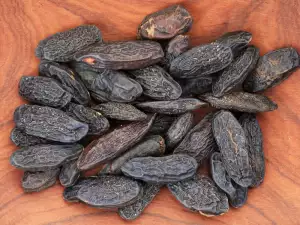
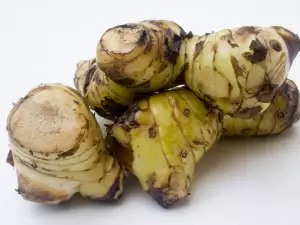

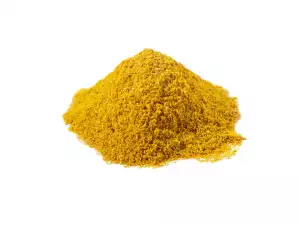





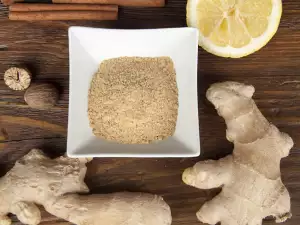
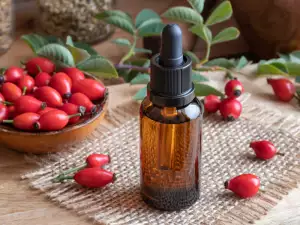
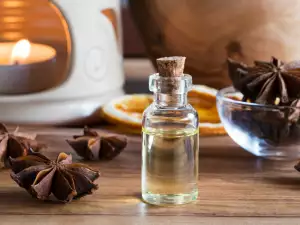







Comments